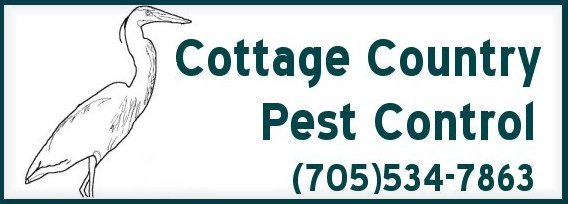Trapping furbearing mammals is one of the oldest activities done in Ontario. Commercial trapping dates back to the 16th century with the arrival of European settlers and explorers, however before that trapping was very important to aboriginal peoples.
In this day and age, trapping has remained a socially and economically important activity in Ontario. Ontario is considered to be one of the world's leading suppliers of wild fur and trapping is considered to be an important role in wildlife management.
Trapping as a renewable resource
If trapping is done and managed properly, it is a renewable resource that will replenish itself. When done with proper management and humane trapping practices wildlife can keep healthy numbers and habits. They can also ensure long-term social and economic benefits.
Regulating trapping
In order to maintain proper trapping management and healthy wildlife numbers, trapping in Ontario is governed by regulations and policies that are administered by the Ministry of Natural Resources (MNR). MNR uses a variety of management tools to regulate harvests and maintain healthy wildlife populations.
The tools used include:
- mandatory trapper education
- trapping licenses
- open and closed seasons
- harvest quotas
- registered trapline arenas
- research
- mandatory harvest reportings
Check back tomorrow for a post about education, licensing and more.
If you have any questions or would like to book an appointment call us at 705-534-7863 or email us.

Thanks for great information you write it very clean. I am very lucky to get this tips from you
ReplyDeleteVancouver Pest Control